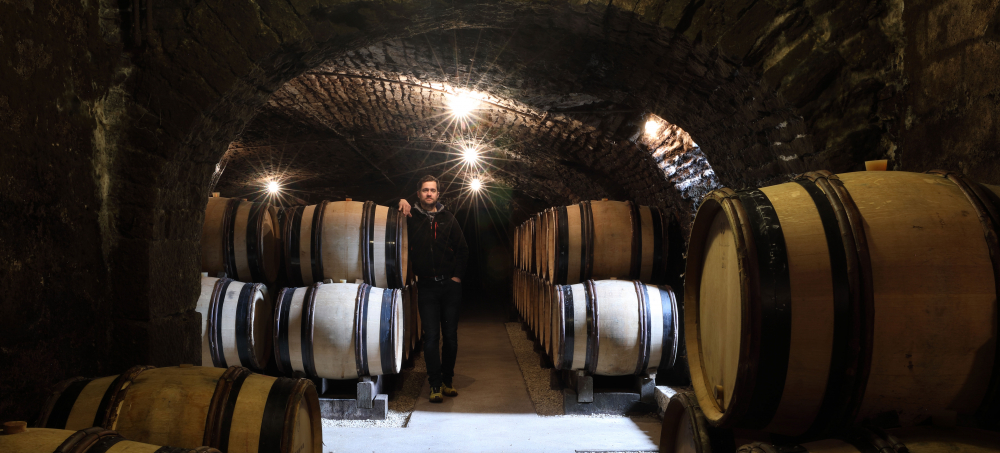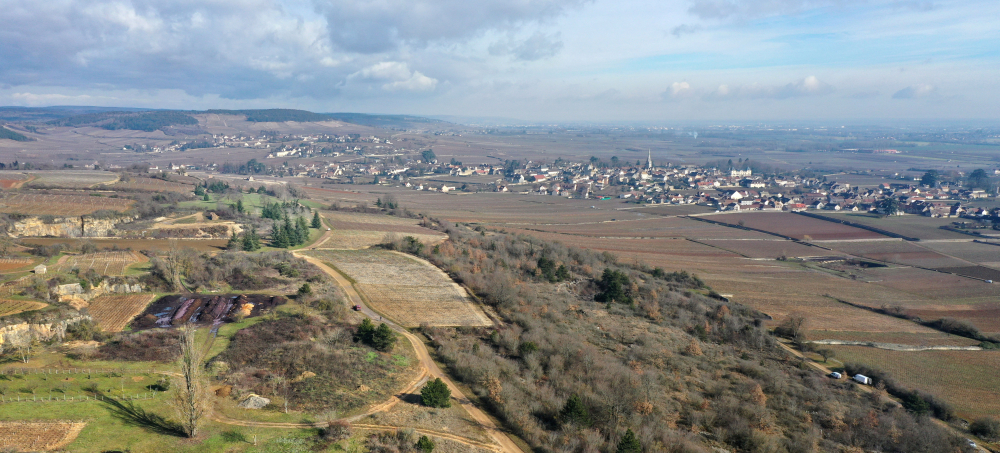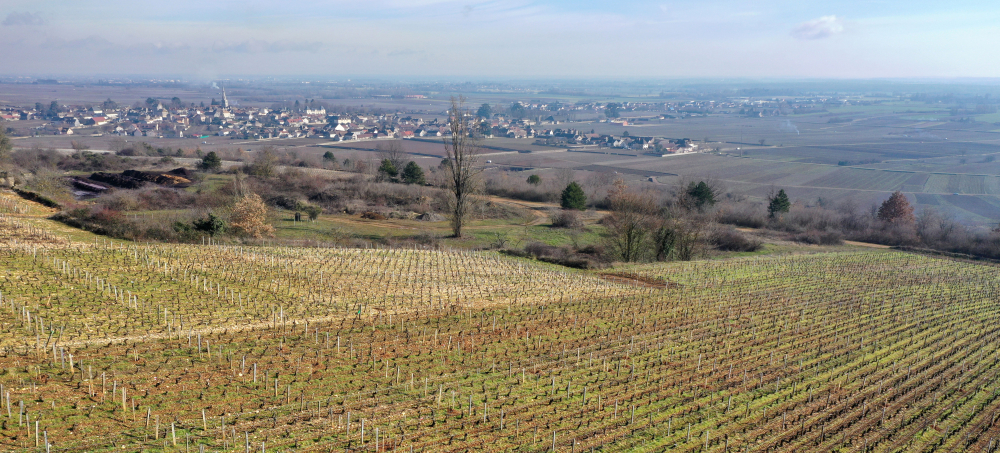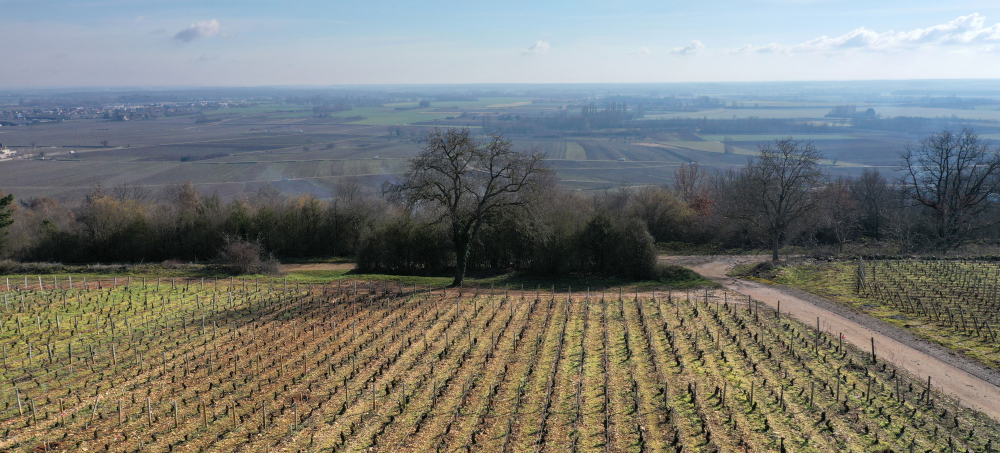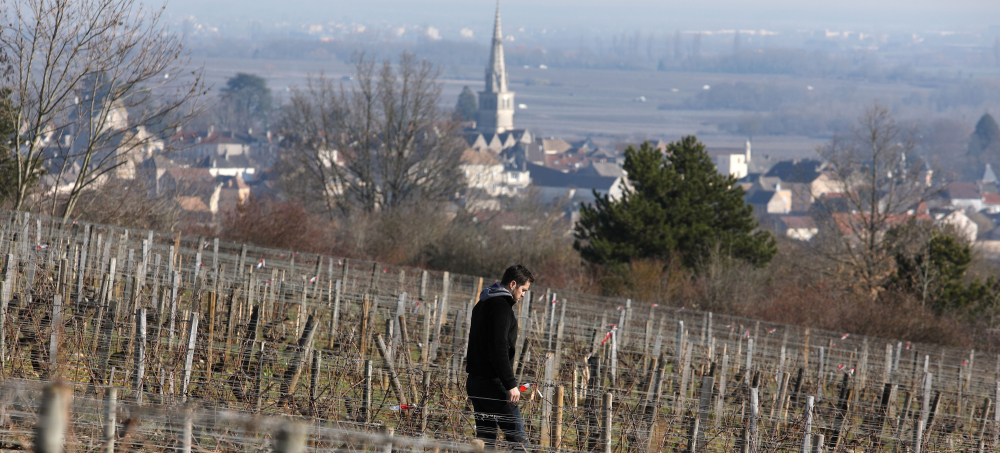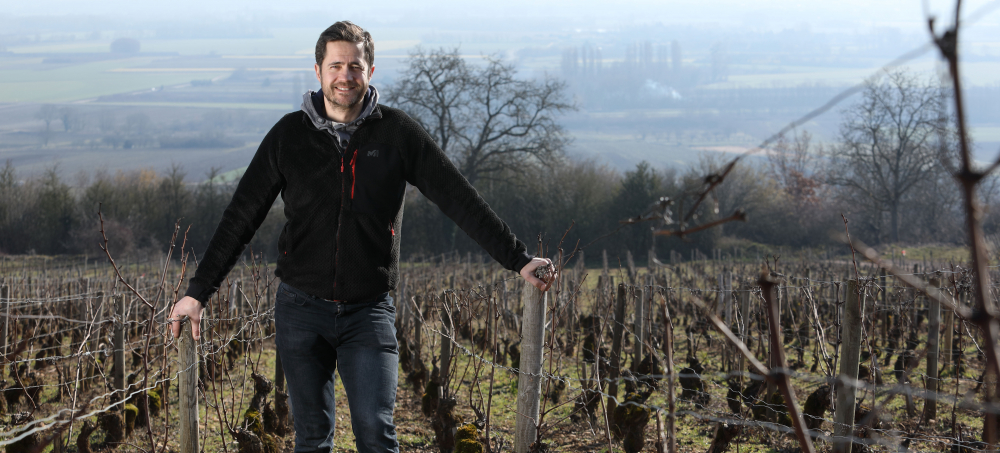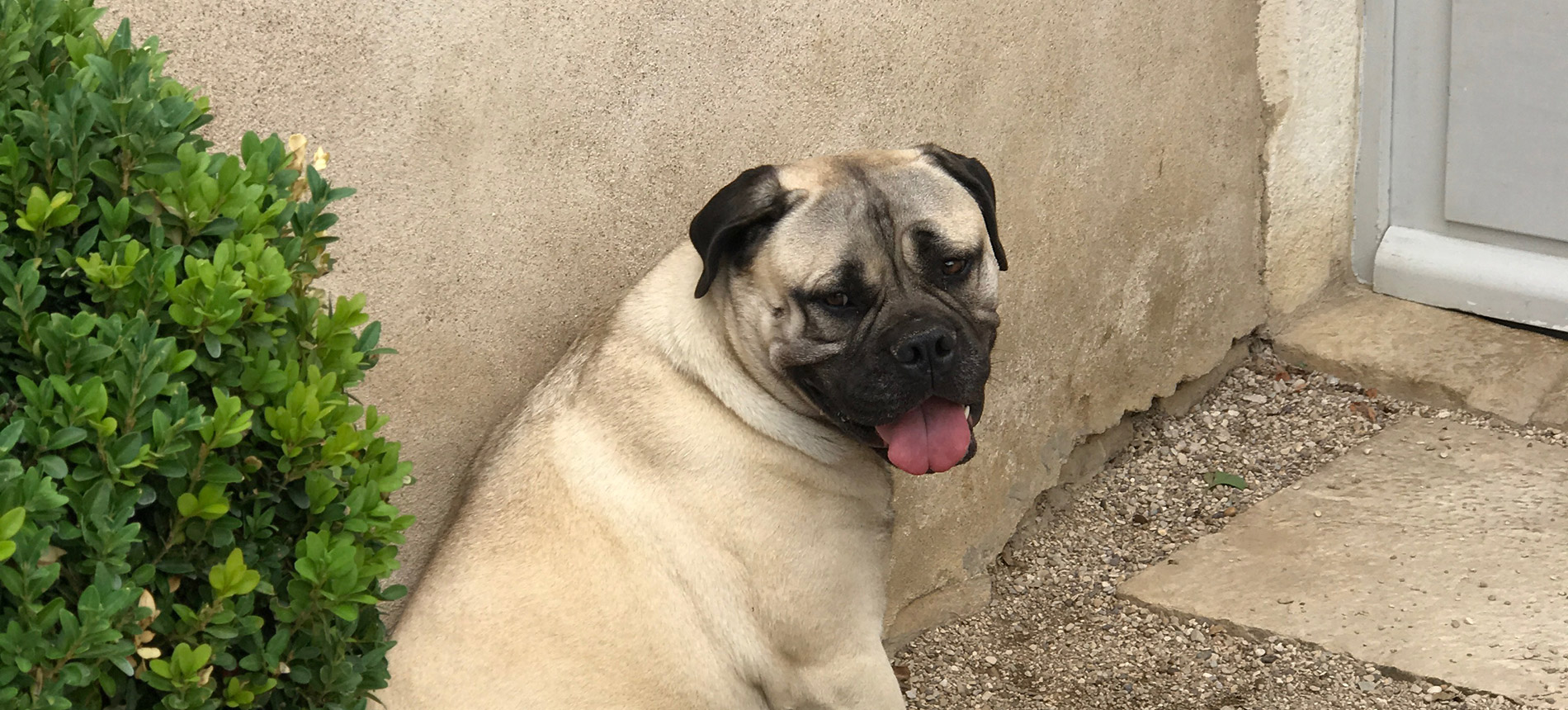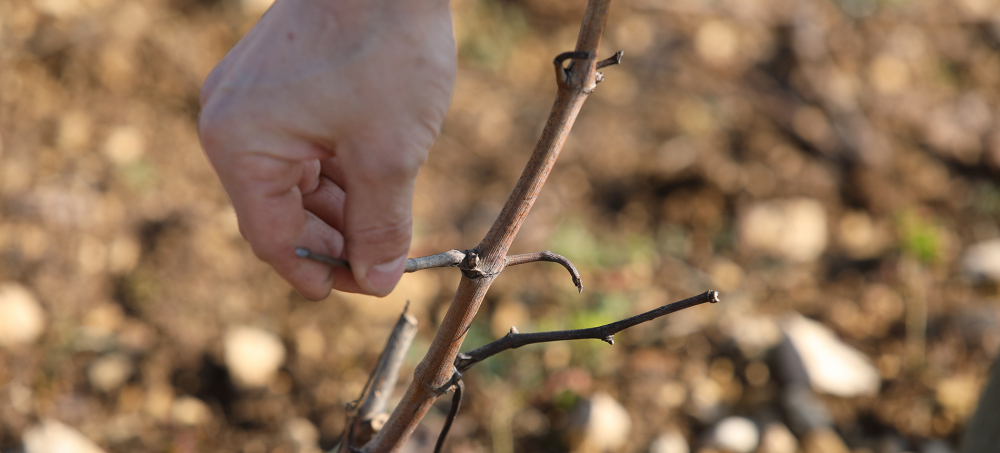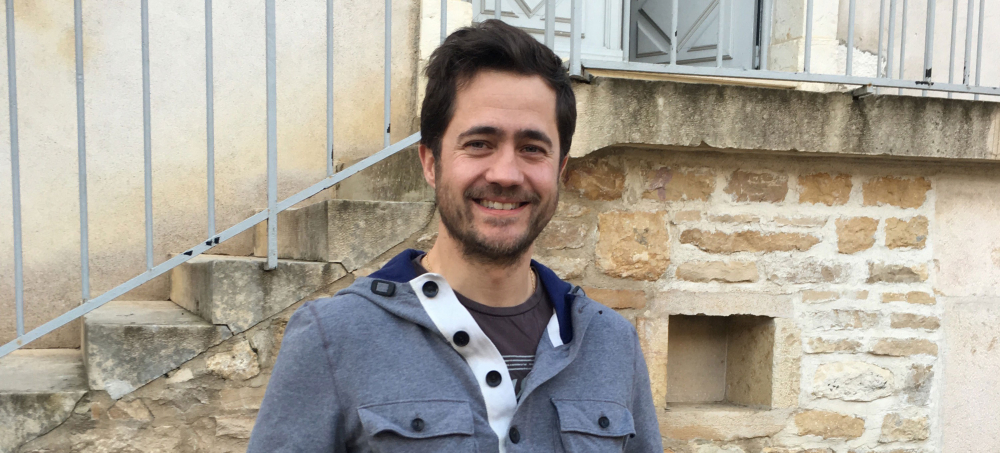There was a time when a White Burgundy fan’s idea of a great wine had to include the name “Montrachet” on the front label. Whether Puligny, Chassagne, Batard, or of course, the big gun, Le Montrachet itself, this was the Gold Standard…and then there was everything else.
But the last 10-15 years have brought about a sea change in the appellation, and now the wines of Meursault are considered equally exalted – and often more – than their neighbors just to the south in Puligny and Chassagne. Lead by the work of what connoisseurs call the “Big 3” in Meursault: Coche-Dury, Comtes Lafon, and Domaine Roulot, this humble village with no Grand Crus can often reach the heights of ANY Chardonnay from anywhere. Their work has also spurred a new generation of winemakers in Meursault to push the limits of quality. Winemakers like Arnaud Ente, Jean-Philippe Fichet, Antoine and Remi Jobard, and Pierre Boisson, just to name a few, are now being highly sought after as fine addresses for riveting White Burgundy.
And now there is a new name to add to that list…Charles Ballot of Domaine Ballot-Millot.
The story at this fine domaine is one you encounter more often now in Burgundy. In 2001, a young and motivated vigneron named Charles Ballot took over for his father. Like many talented young winemakers, he wanted to raise the bar and leave his mark. The domaine already had a good reputation from his father’s day, and had been around quite a long time as the family had started to amass vineyards in Meursault starting at the end of the 17th century. They were also privileged to possess holdings in five Premier Crus in Meursault, including the famed Perrières and Charmes, plus Genevrières, Bouchères and Poruzots, not to mention small 1er Cru holdings in the villages of Chassagne, Volnay, Pommard and Beaune. His first tasks were to reduce yields and move away from chemical/systemic treatments to more natural ones. He soon added a sorting table in the vineyards, upgraded the press, and in general found ways to work more precisely in the cellar.
Today, the estate is comprised of 10 hectares of vineyards, seven of which are in Meursault proper. The relative vine age is old: Perrières (40+ years), Genevrières (70+ years), Narvaux (45-60 year), etc. Harvest is all done by hand, and fermentations take place with indigenous yeasts. Otherwise, everything in the cellar is done to encourage finesse and delineation over sheer power. The white wines see only 10-20% new oak (max 25%for sone top wines) and are raised without battonage. They are aged 12 months in barrel, and then racked to tank for an additional six months of refinement as is now standard procedure at more and more of the top estates in Côte d’Or. For the reds, given the slightly more rustic line-up of appellations, the wines are all 100% de-stemmed with gentle extractions and relatively short cuvaisons. Here too, new wood use is judicious, with a max of 25-30% new.
The resulting wines tend toward the so-called “Roulot-school” of Meursault, more tensile and racy, as opposed to the fatter, honeyed and nutty style of wines that dominated the landscape 20-30 years ago. There is excellent terroir-delineation, which is exciting given the exceptional range of 1er Crus and lieux-dits that Ballot has in his arsenal. On the red side, it is nice to discover slightly more graceful expressions of these often more “four square” appellations, without compromising the expression of the underlying sites.
Lastly, given the now exalted price tags that accompany top Côte de Beaune whites (and reds too), Ballot-Millot provides an exceptional opportunity to access top level quality and pedigree for a relative value compared to the price one finds at the most coveted estates. Alas, the “herd mentality” that greatly skews the supply-demand ratio in Burgundy toward stratospheric prices, can sometimes lead to fruitful opportunities if one goes just off the beaten track.
